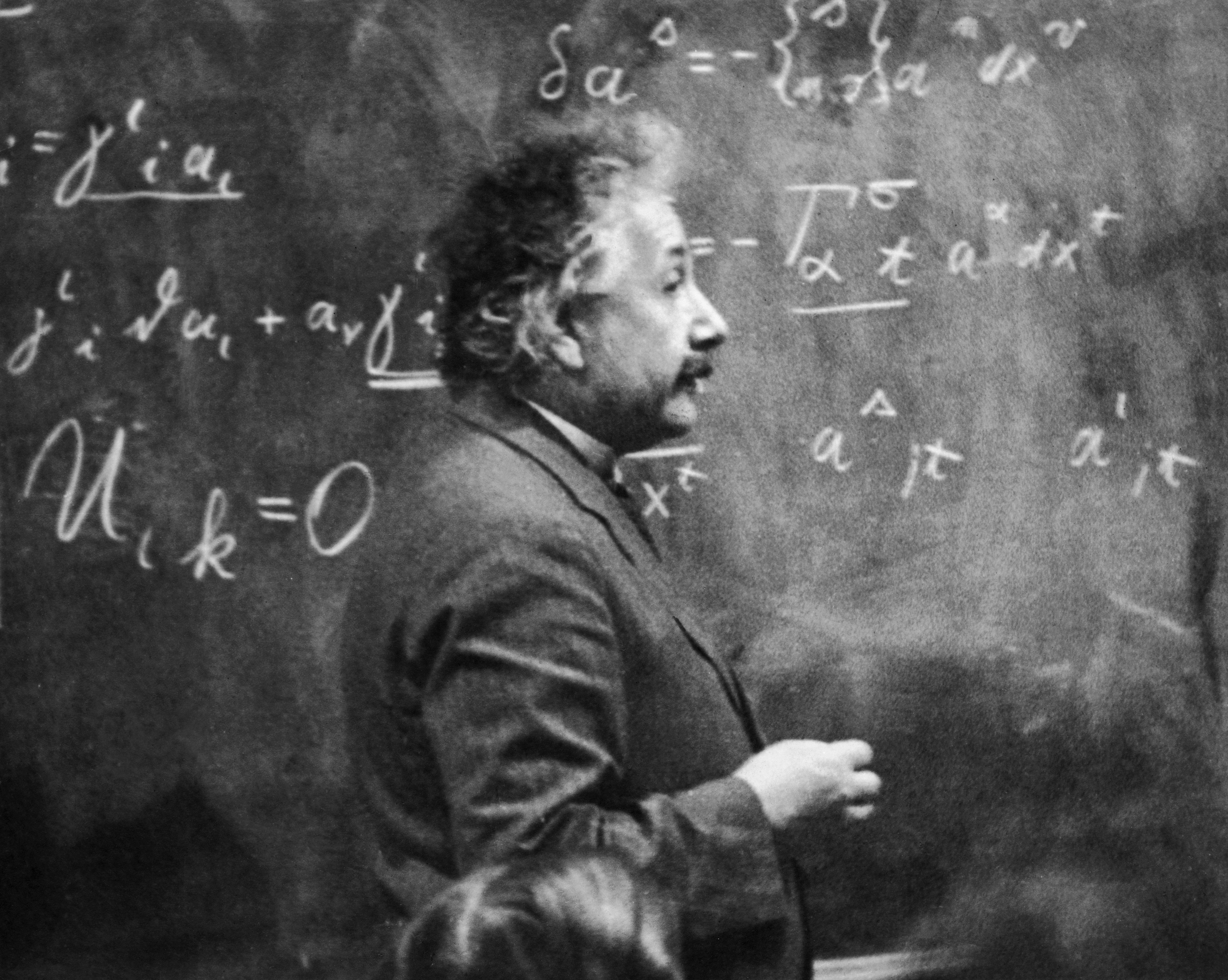From Andrew Hacker’s New York Review of Books critique of a trio of new volumes about predictive powers, including The Signal and the Noise, written by political polling wunderkind Nate Silver:
“The Signal and the Noise is in large part a homage to Thomas Bayes (1701–1761), a long-neglected statistical scholar, especially by the university departments concerned with statistical methods. The Bayesian approach to probability is essentially simple: start by approximating the odds of something happening, then alter that figure as more findings come in. So it’s wholly empirical, rather than building edifices of equations. Silver has a diverting example on whether your spouse may be cheating. You might start with an out-of-the-air 4 percent likelihood. But a strange undergarment could raise it to 50 percent, after which the game’s afoot. This has importance, Silver suggests, because officials charged with anticipating terrorist acts had not conjured a Bayesian ‘prior’ about the possible use of airplanes.
Silver is prepared to say, ‘We had some reason to think that an attack on the scale of September 11 was possible.’ His Bayseian ‘prior’ is that airplanes were targeted in the cases of an Air India flight in 1985 and Pan Am’s over Lockerbie three years later, albeit using secreted bombs, plus in later attempts that didn’t succeed. At the least, a chart with, say, a 4 percent likelihood of an attack should have been on someone’s wall. Granted, what comes in as intelligence is largely ‘noise.’ (Most intercepted conversations are about plans for dinner.) Still, in the summer of 2001, staff members at a Minnesota flight school told FBI agents of a Moroccan-born student who wanted to learn to pilot a Boeing 747 in midair, skipping lessons on taking off and landing. Some FBI agents took the threat of Zacarias Moussaoui seriously, but several requests for search and wiretap warrants were denied. In fact, an instructor added that a fuel-laden plane could make a horrific weapon. At the least, these ‘signals’ should have raised the probability of an attack using an airplane, say, to 15 percent, prompting visits to other flight schools.”
Tags: Andrew Hacker, Nate Silver, Thomas Bayes

